A Chinese industrial building transformation makes for a minimalist live/work space
The renovation of an abandoned cement factory on the southeastern coast of China by designer Wanmu Shazi resulted in a minimalist and calming live/work space
A Qi - Photography
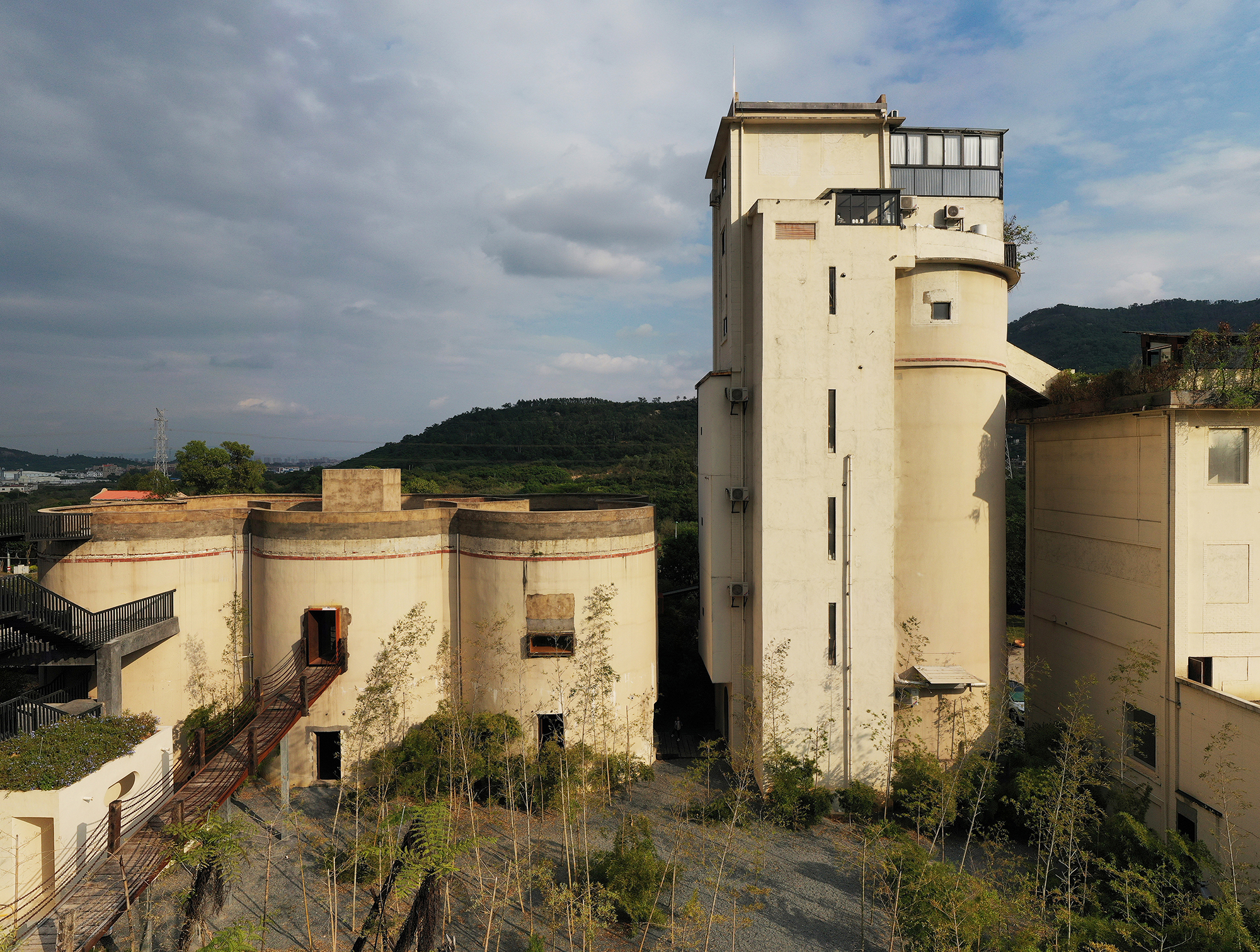
Chinese designer Wanmu Shazi wears multiple hats. He kicked off his career as a carpenter and furniture maker; he moved on to apply his woodworking skills onto anything from furniture, spatial installations, sculpture, and even fashion; and most recently he has turned his hand to architecture, when he took on the project of an industrial building transformation into a contemporary home and atelier for himself and his studio.
The scheme occupies the site of an abandoned cement factory on Fengnan, Xiamen, in China's southeastern coast. Sat on the edge of town, next to existing structures, farmland and a landscape of verdant, rolling hills beyond, the original building was in dire need of a refresh. Wanmu Shazi maintained most of the old building fabric, including a dramatic composition of three tall, concrete cylinders, which he gutted and reused. One of them now contains a 15m-tall ‘meditation teahouse', another hosts the artist studio and a woodworking exhibition hall, and the last houses the designer’s own home.
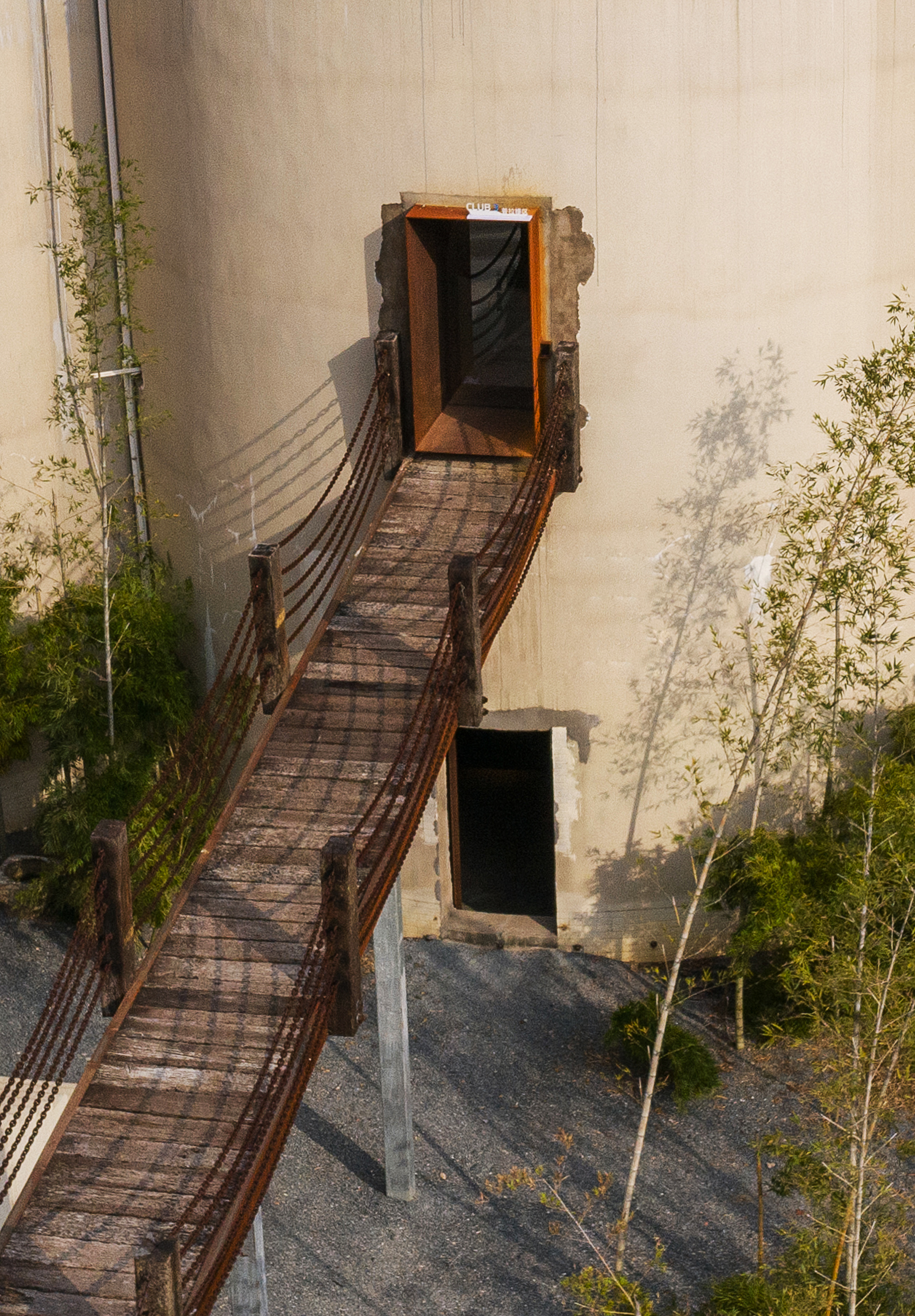
‘As I was renovating the building, I repeatedly walked through the space, to find the most comfortable scale and the most appropriate positions for window openings. Stepping into this place, you’ll feel being "wrapped" by the architecture and be healed both physically and mentally,' the designer explains, highlighting the importance of physical comfort and achieving a warm home in the project's redesign.
Wanmu Shazi worked mostly with volumes and negative space, openings and light to compose his interiors. Decor is sparse and minimalist, allowing architecture and emotion to take centre stage. A green tree in the foyer, planted centrally and underneath a round skylight, blurs the boundaries between inside and outside.He describes the spatial ambience as ‘Qi' (the Chinese concept for ‘vital energy' or ‘life force'). He believes that quality design needs to ‘focus on "Qi" rather than form, as the spatial atmosphere can not only stimulate sensory experience and but also evoke emotions.'
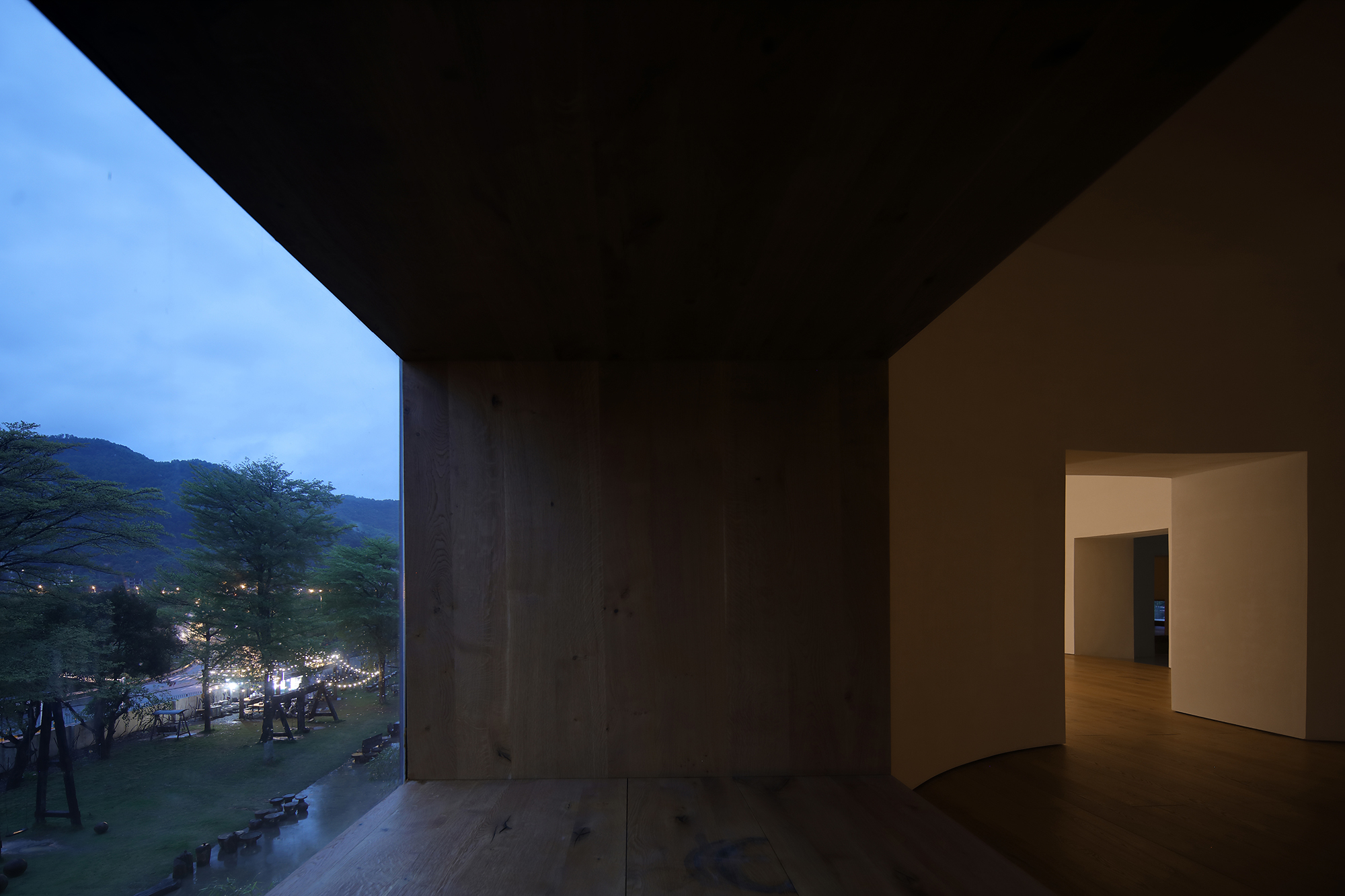
A narrow, wooden bridge connects this industrial building transformation with the outside world, creating a sense of mystery and exploration. Meanwhile guests walk into the complex through a door that feels distinctly utilitarian in nature, made of rusted steel and lightweight glass, hinting to the industrial heritage of this unusual home - which Wanmu Shazi also opens to young creatives for workshops, shows and events, to stimulate creativity and culture in the region.
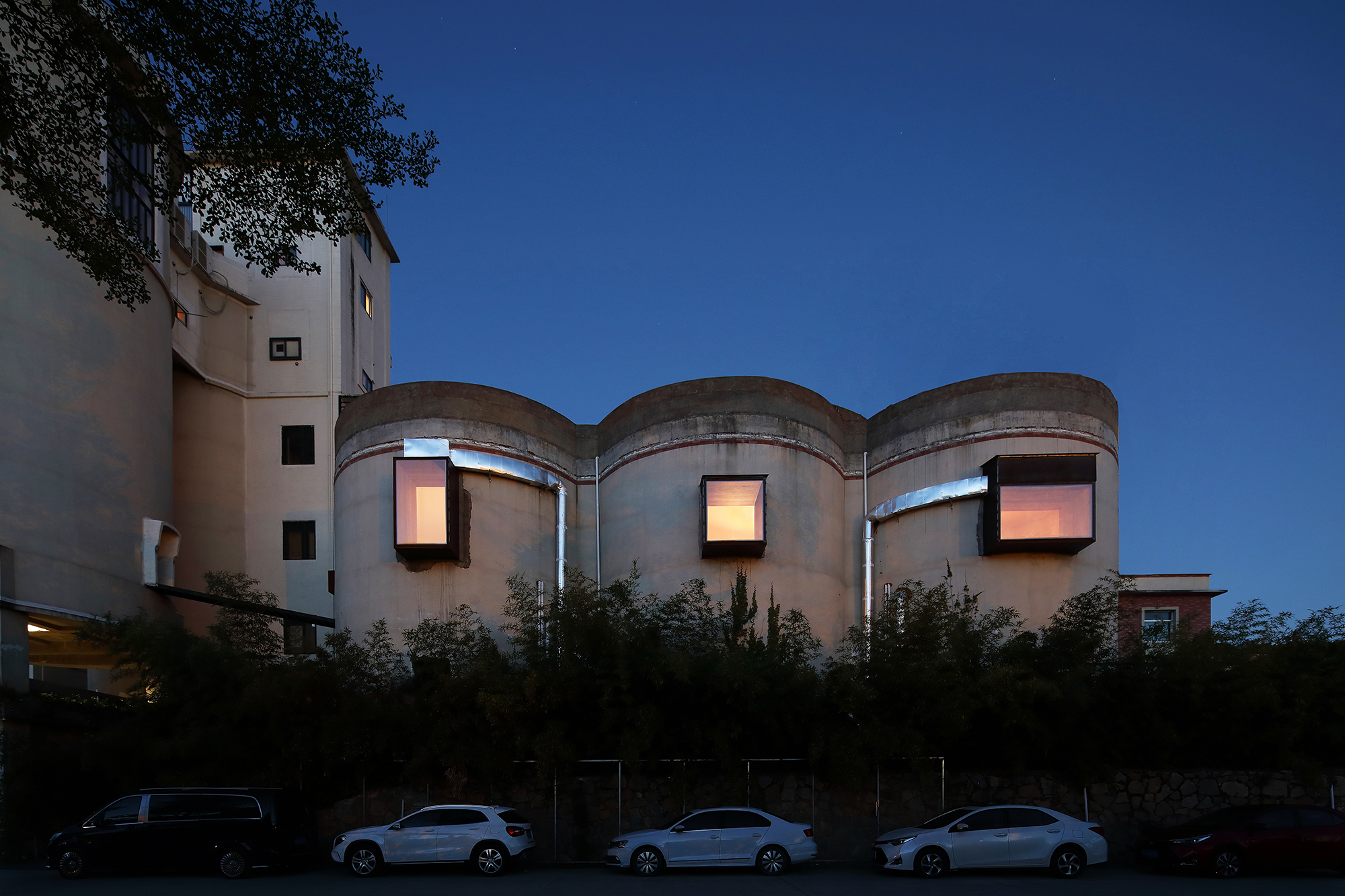

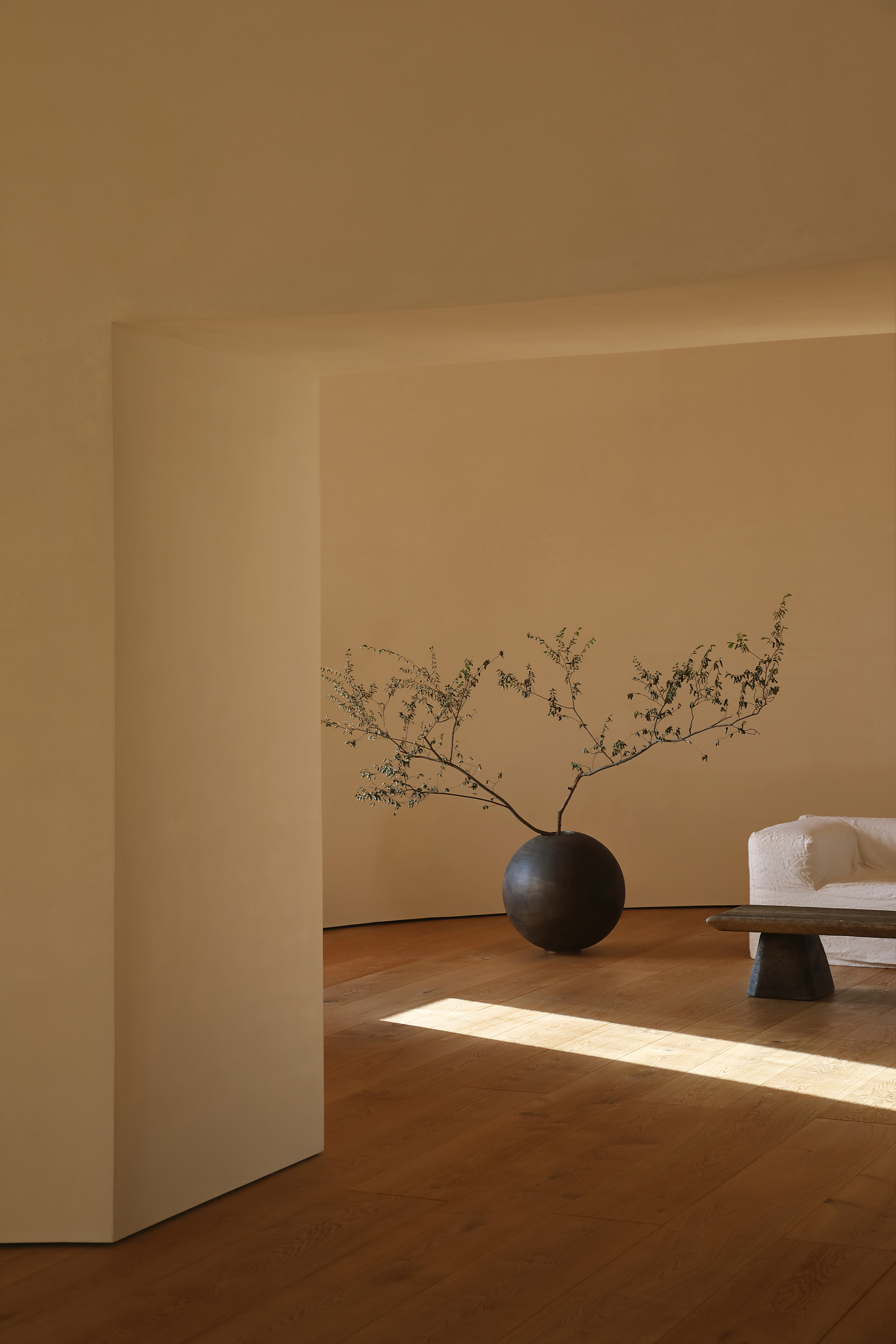
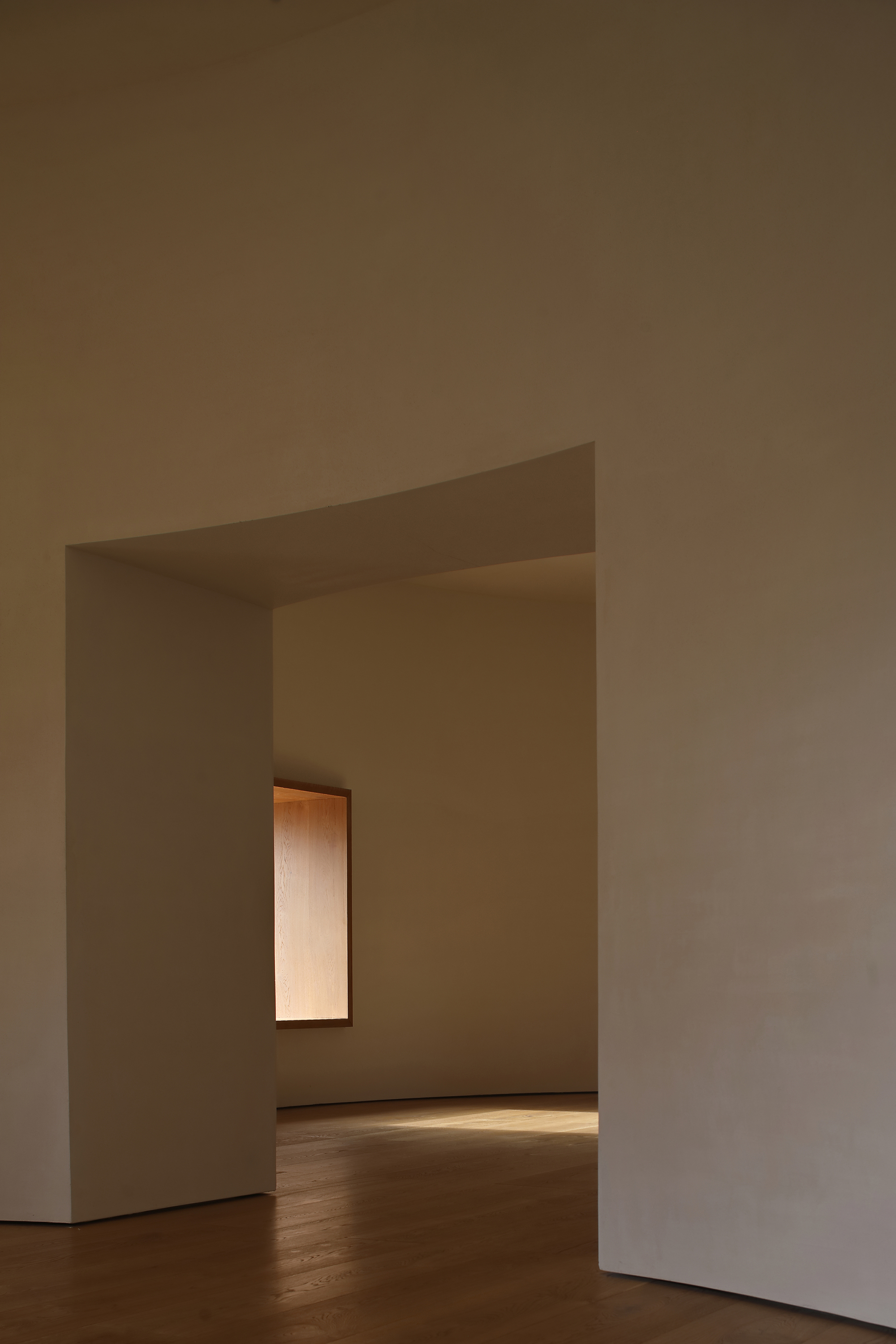
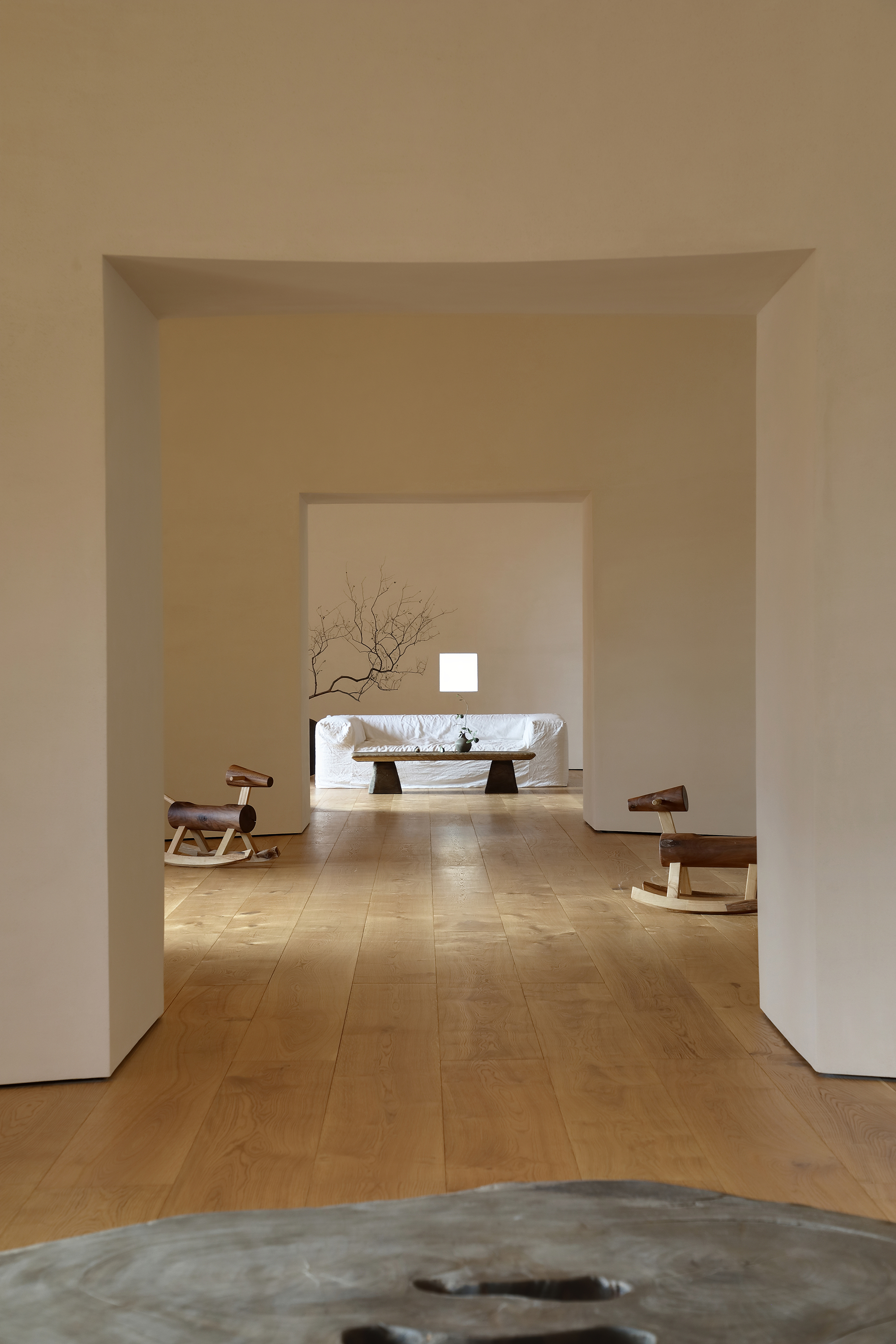
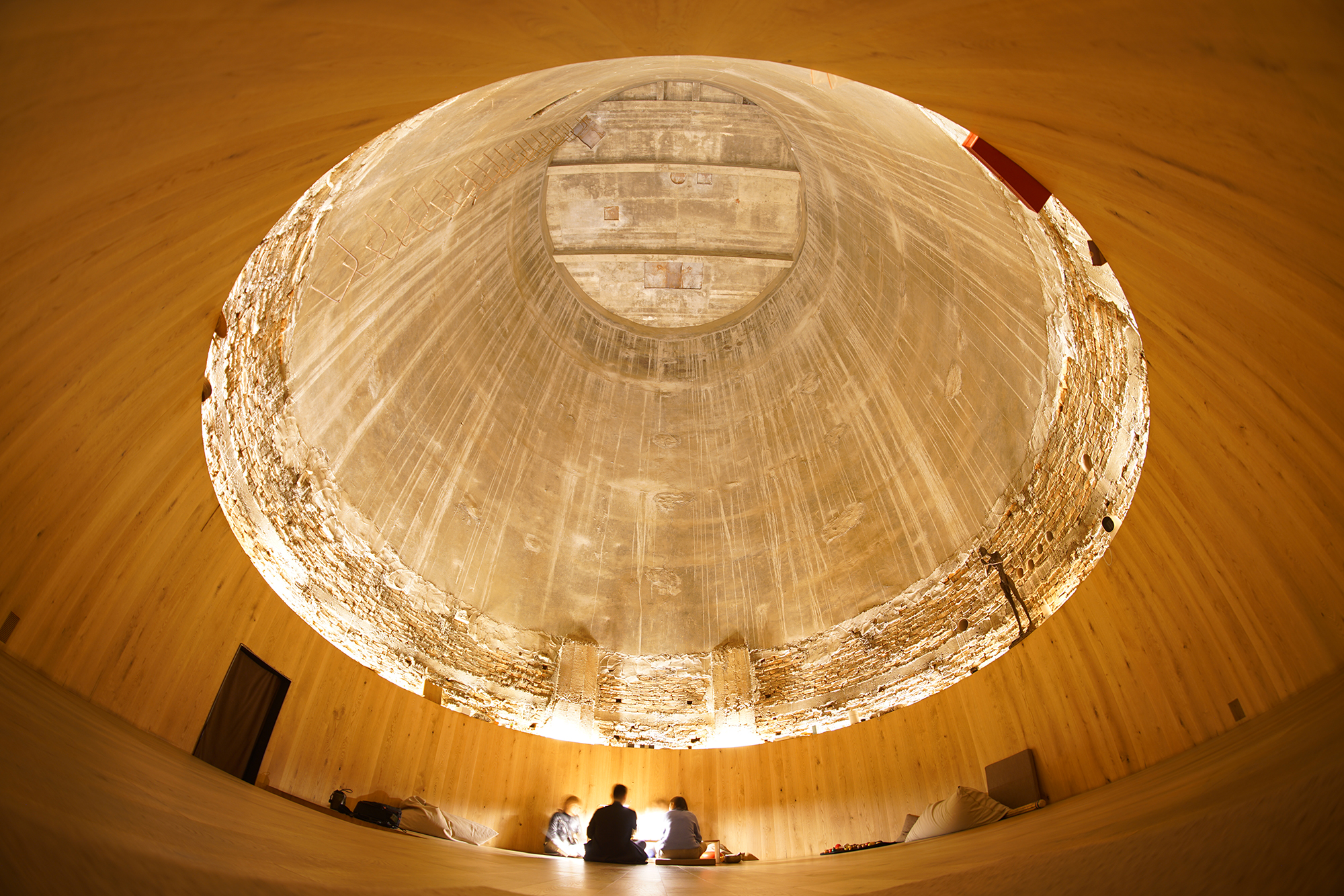
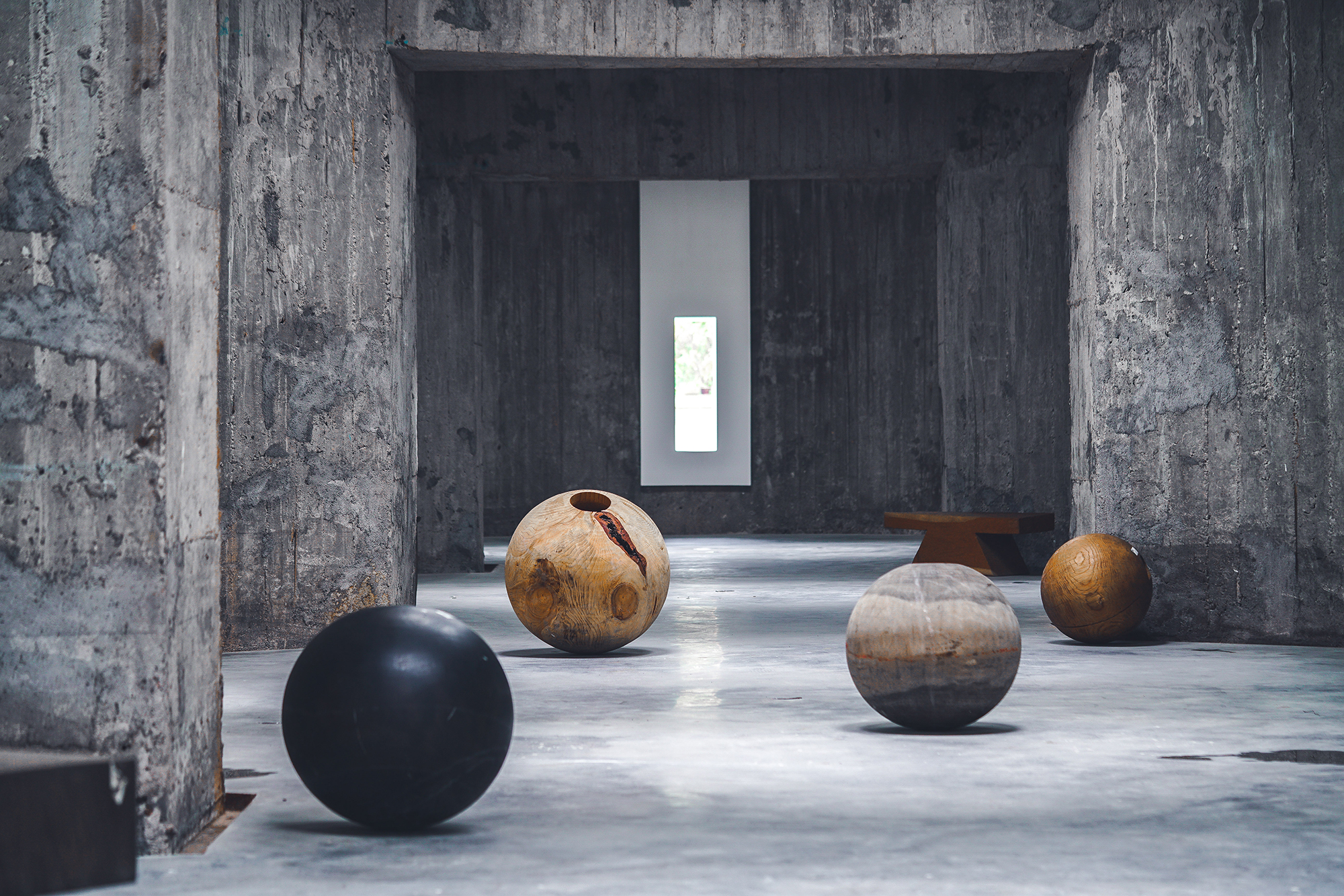
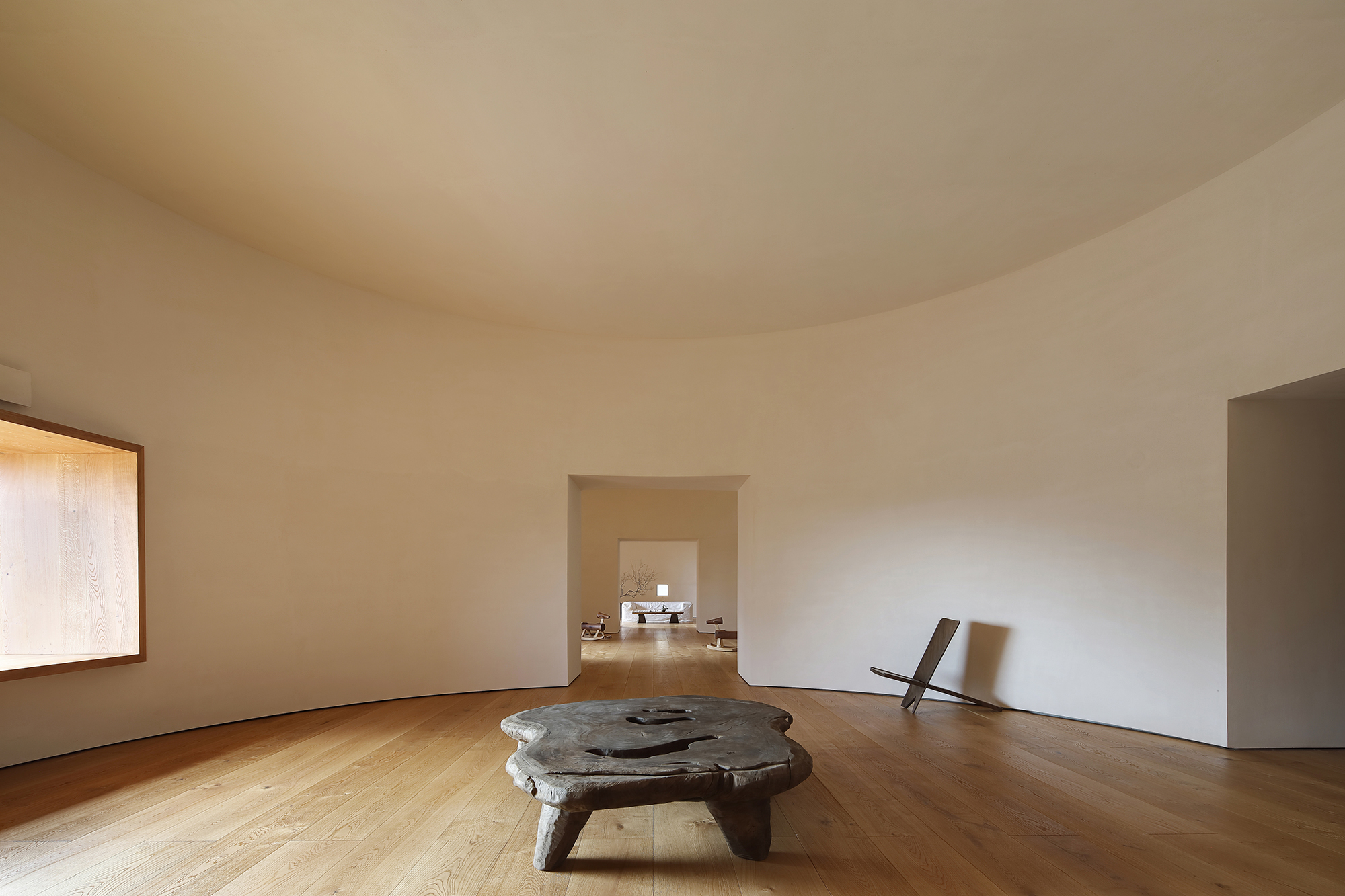
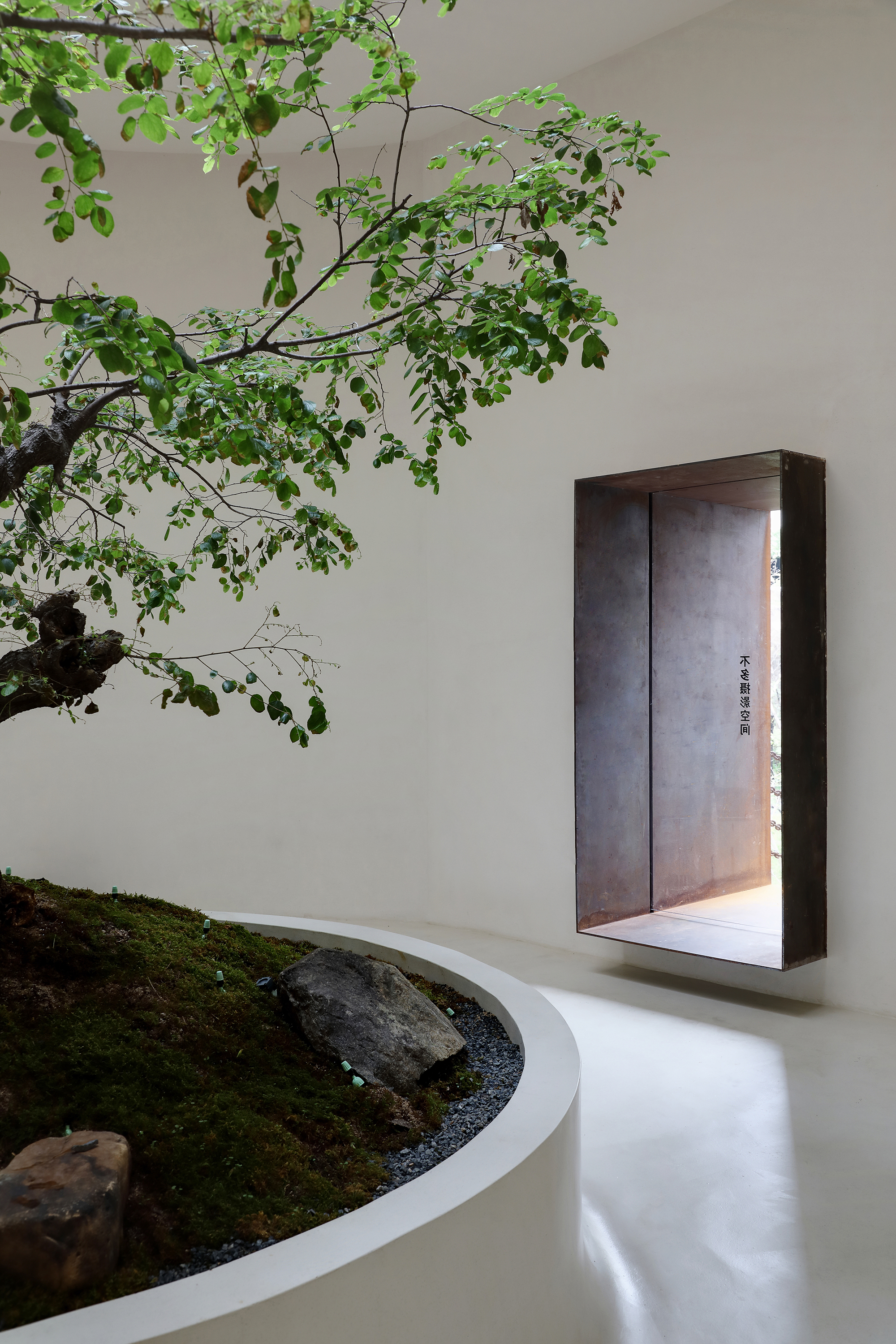
Receive our daily digest of inspiration, escapism and design stories from around the world direct to your inbox.
Ellie Stathaki is the Architecture & Environment Director at Wallpaper*. She trained as an architect at the Aristotle University of Thessaloniki in Greece and studied architectural history at the Bartlett in London. Now an established journalist, she has been a member of the Wallpaper* team since 2006, visiting buildings across the globe and interviewing leading architects such as Tadao Ando and Rem Koolhaas. Ellie has also taken part in judging panels, moderated events, curated shows and contributed in books, such as The Contemporary House (Thames & Hudson, 2018), Glenn Sestig Architecture Diary (2020) and House London (2022).
-
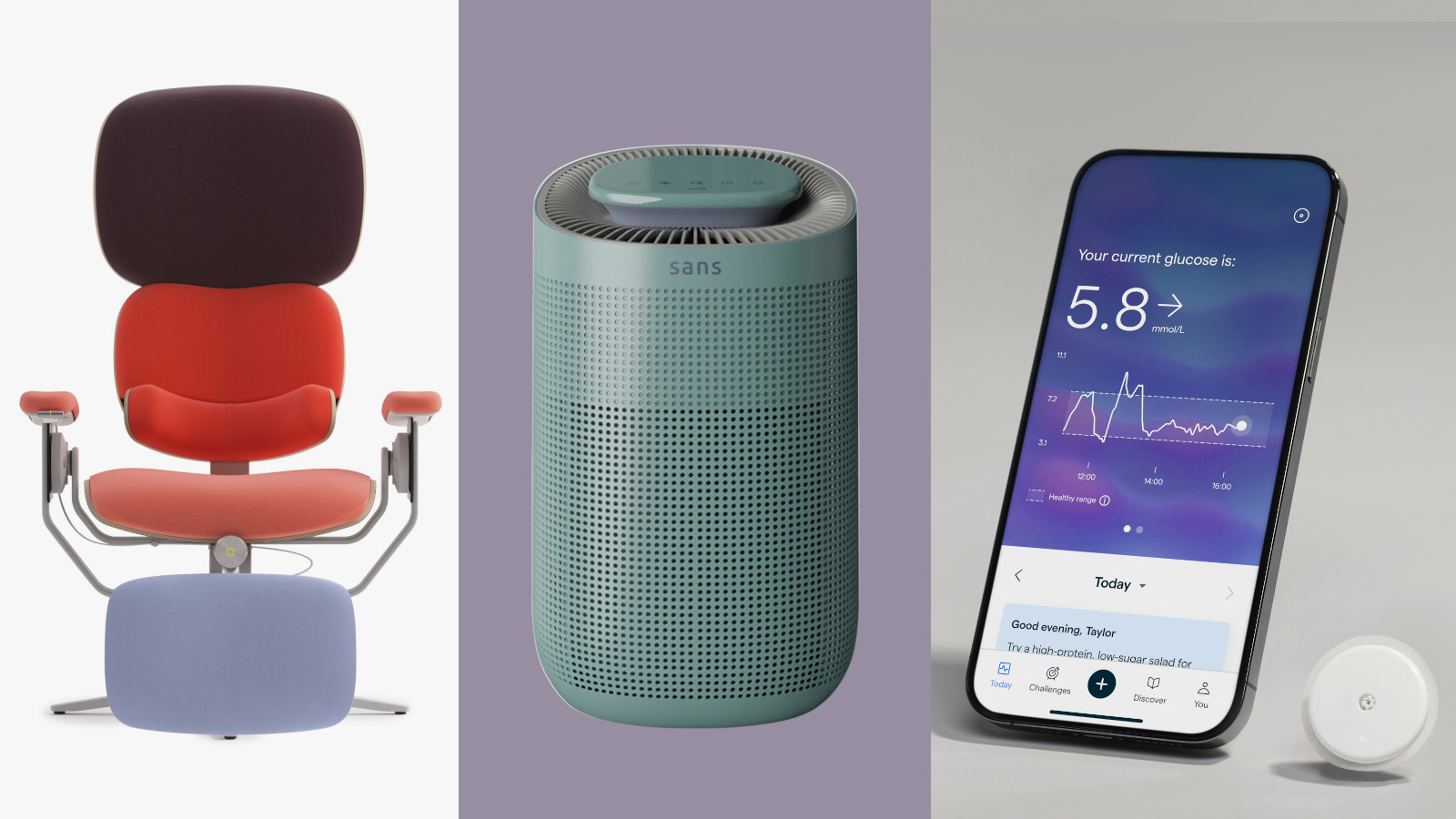 New tech dedicated to home health, personal wellness and mapping your metrics
New tech dedicated to home health, personal wellness and mapping your metricsWe round up the latest offerings in the smart health scene, from trackers for every conceivable metric from sugar to sleep, through to therapeutic furniture and ultra intelligent toothbrushes
-
 Out of office: The Wallpaper* editors’ picks of the week
Out of office: The Wallpaper* editors’ picks of the week'Tis the season for eating and drinking, and the Wallpaper* team embraced it wholeheartedly this week. Elsewhere: the best spot in Milan for clothing repairs and outdoor swimming in December
-
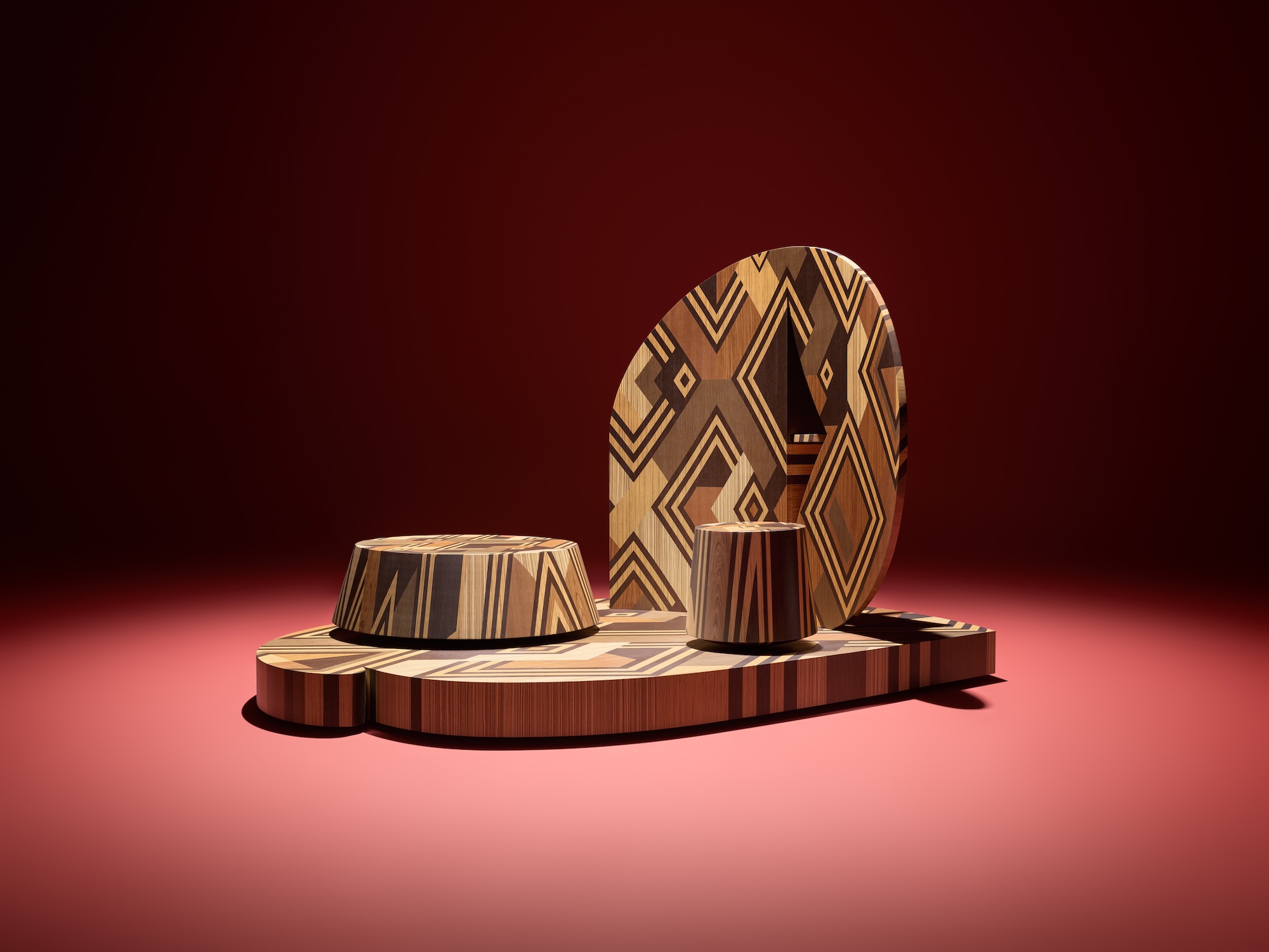 How Stephen Burks Man Made is bringing the story of a centuries-old African textile to an entirely new audience
How Stephen Burks Man Made is bringing the story of a centuries-old African textile to an entirely new audienceAfter researching the time-honoured craft of Kuba cloth, designers Stephen Burks and Malika Leiper have teamed up with Italian company Alpi on a dynamic new product
-
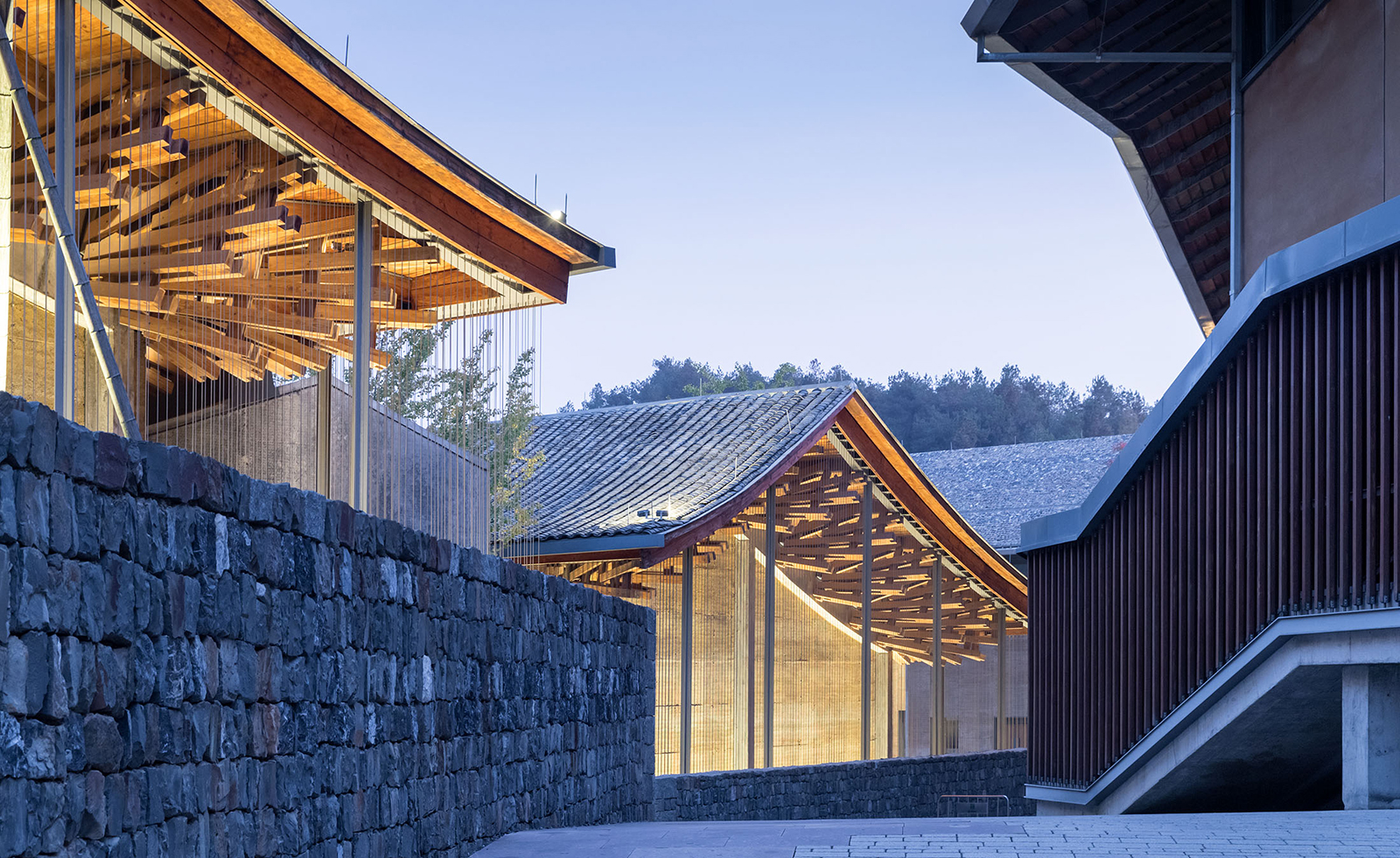 Wang Shu and Lu Wenyu to curate the 2027 Venice Architecture Biennale
Wang Shu and Lu Wenyu to curate the 2027 Venice Architecture BiennaleChinese architects Wang Shu and Lu Wenyu have been revealed as the curators of the 2027 Venice Architecture Biennale
-
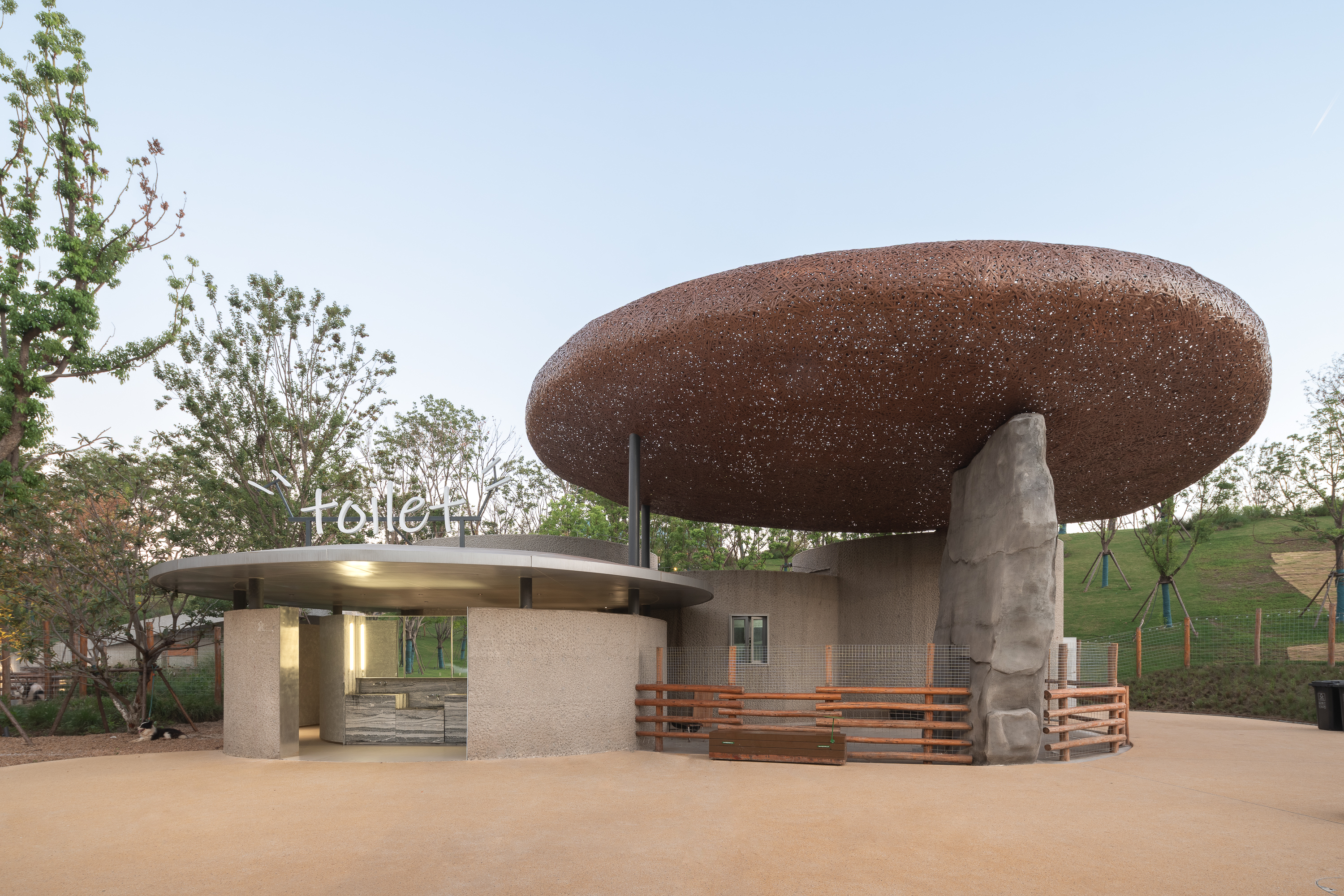 Tour this Chinese eco-farm, an imaginative wonderland connecting visitors with nature
Tour this Chinese eco-farm, an imaginative wonderland connecting visitors with natureLuxeIsland Farm by Various Associates is an eco-farm and visitor attraction in China’s picturesque Wuhan region; take a stroll across its fantastical landscape
-
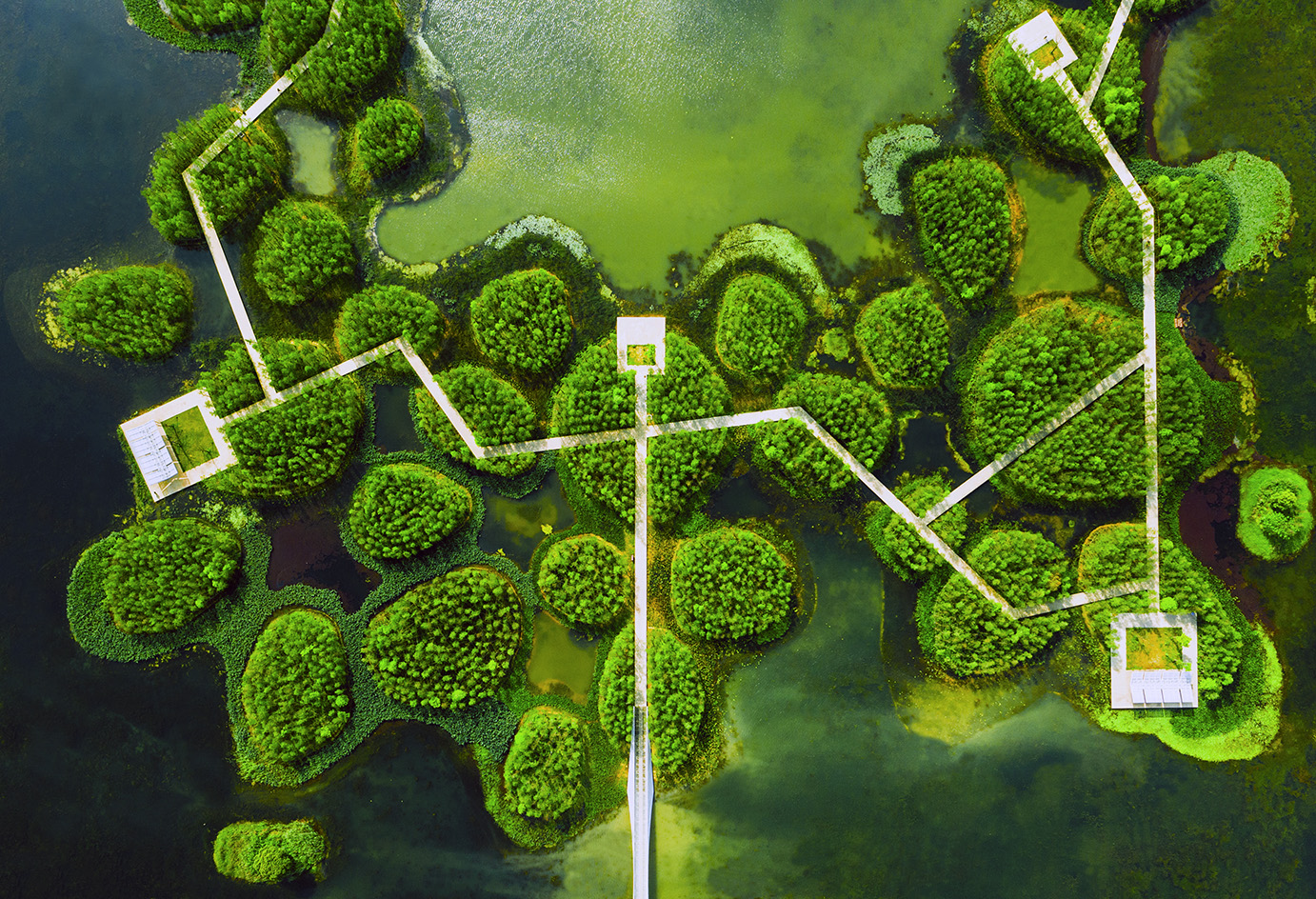 Honouring visionary landscape architect Kongjian Yu (1963-2025)
Honouring visionary landscape architect Kongjian Yu (1963-2025)Kongjian Yu, the renowned landscape architect and founder of Turenscape, has died; we honour the multi-award-winning creative’s life and work
-
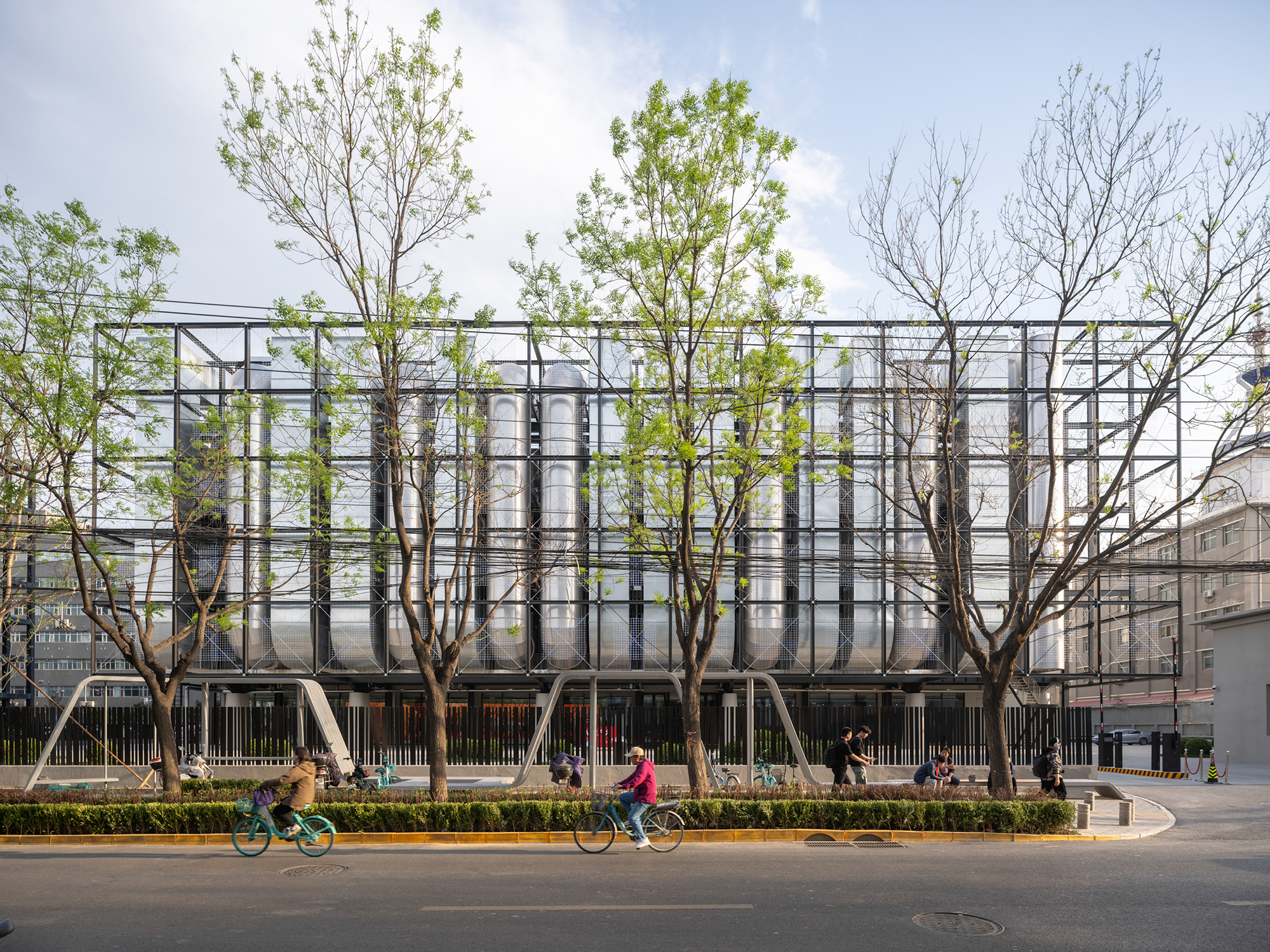 A new AI data centre in Beijing is designed to evolve and adapt, just like the technology within
A new AI data centre in Beijing is designed to evolve and adapt, just like the technology withinSpecialised data centre Spark 761, designed by llLab, is conceived as a physical space where humans and AI technology can coexist
-
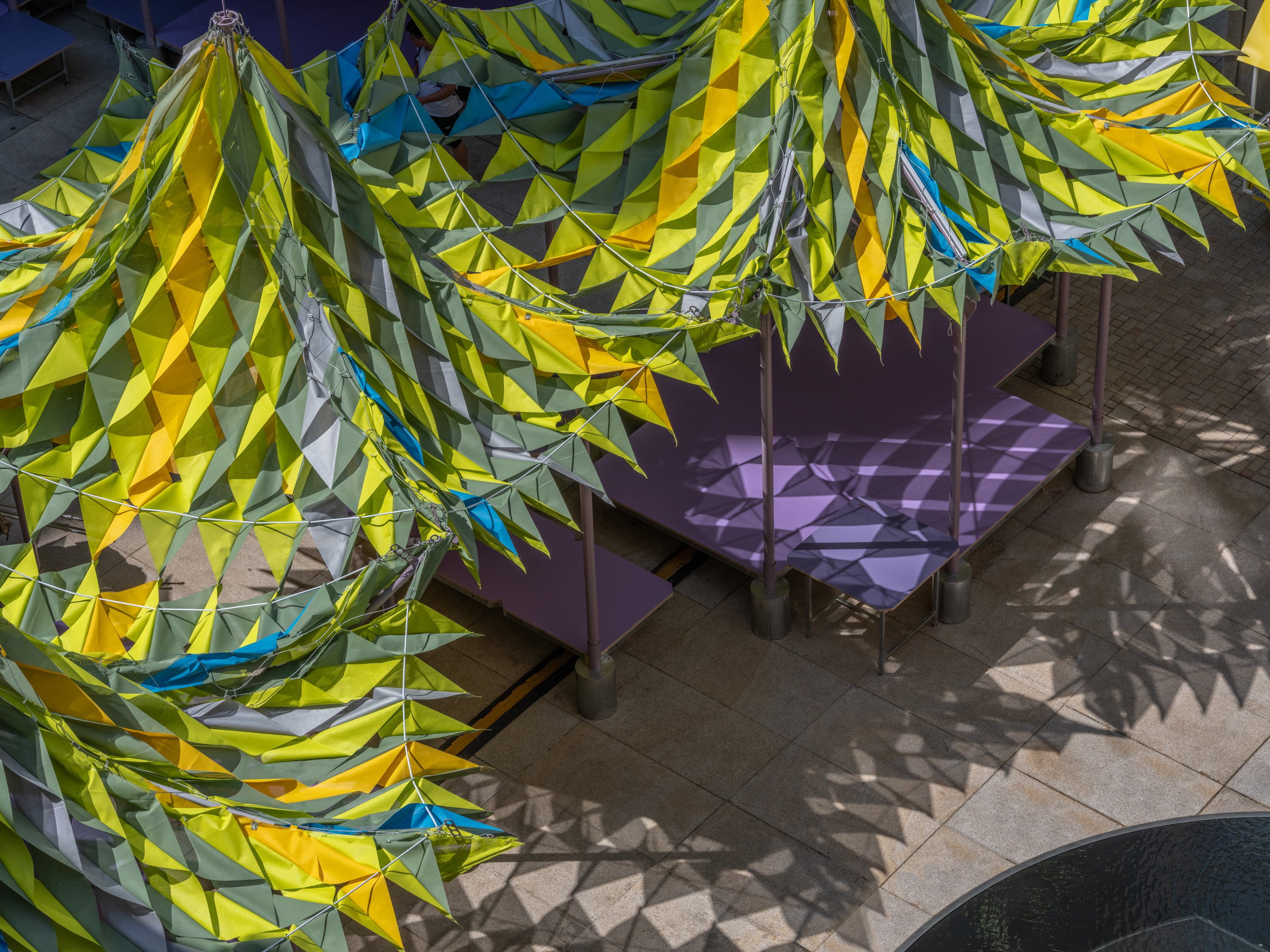 Shanghai’s biennial, RAMa 2025, takes architectural exploration outside
Shanghai’s biennial, RAMa 2025, takes architectural exploration outsideRAMa 2025, the architecture biennial at Rockbund Art Museum in Shanghai, launches, taking visitors on a journey through a historic city neighbourhood – and what it needs
-
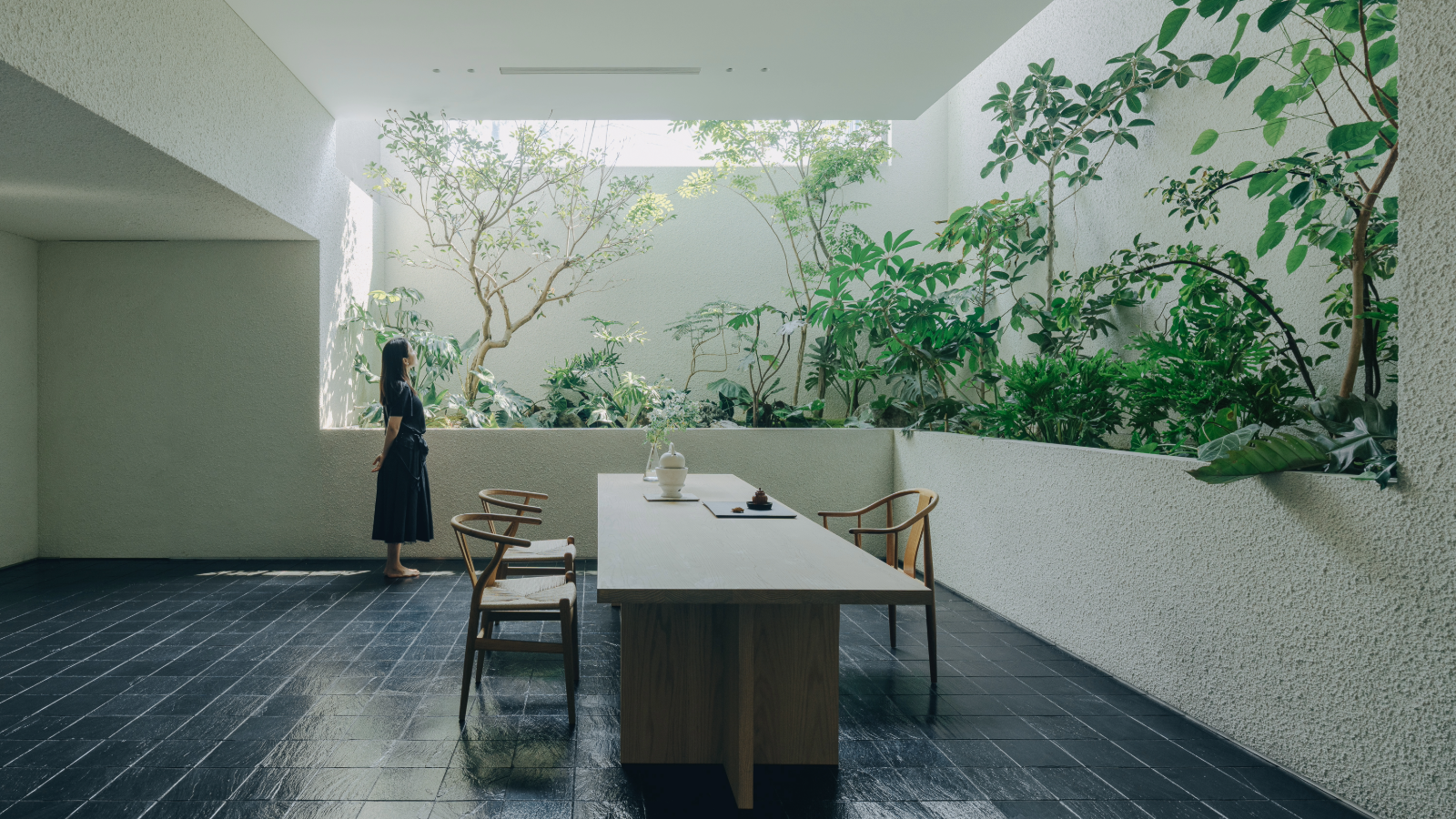 Atelier About Architecture’s ‘house within a house, and garden within a garden’
Atelier About Architecture’s ‘house within a house, and garden within a garden’House J in Beijing, by Atelier About Architecture, is an intricate remodelling complete with a hidden indoor garden and surprising sight lines
-
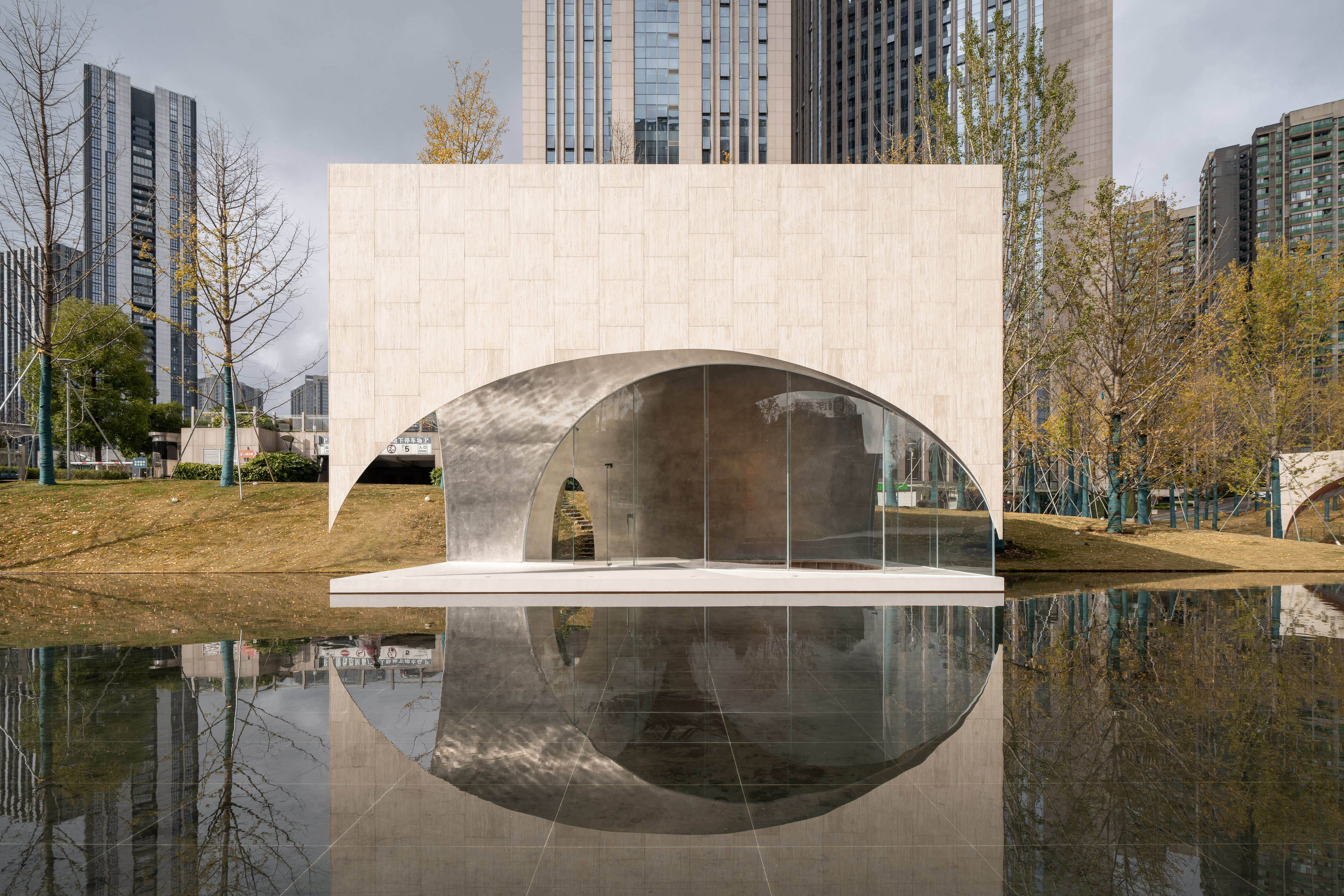 A nature-inspired Chinese art centre cuts a crisp figure in a Guiyang park
A nature-inspired Chinese art centre cuts a crisp figure in a Guiyang parkA new Chinese art centre by Atelier Xi in the country's Guizhou Province is designed to bring together nature, art and community
-
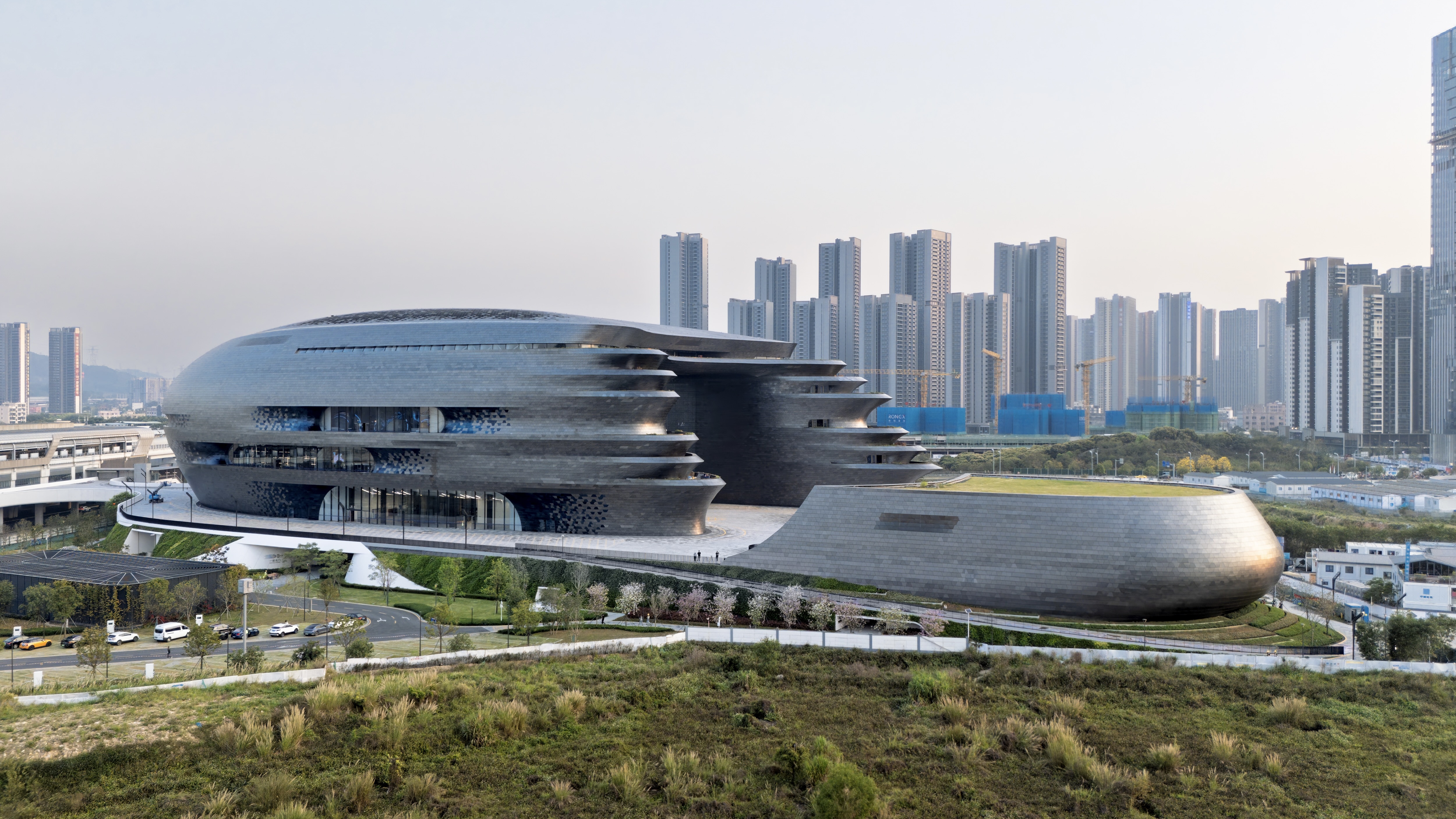 Zaha Hadid Architects’ spaceship-like Shenzhen Science and Technology Museum is now open
Zaha Hadid Architects’ spaceship-like Shenzhen Science and Technology Museum is now openLast week, ZHA announced the opening of its latest project: a museum in Shenzhen, China, dedicated to the power of technological advancements. It was only fitting, therefore, that the building design should embrace innovation